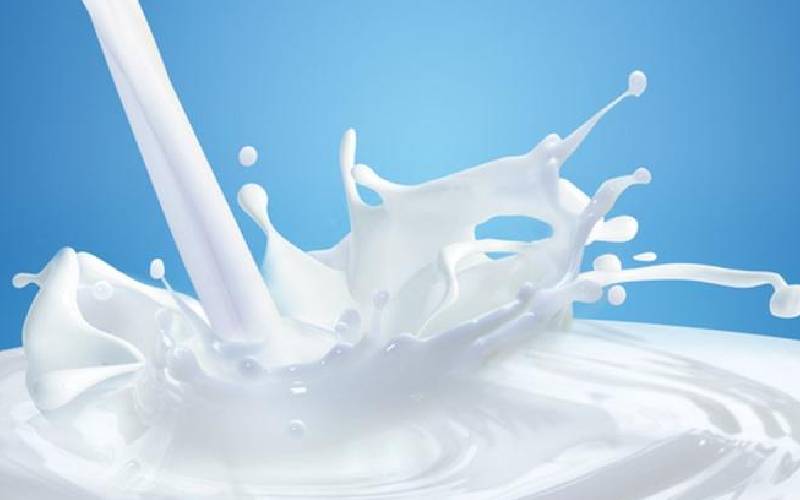
Unless the government enforces compliance with the sincerity that the cause deserves, the overall objective will fail to be met. [Courtesy]
As a young man, I recall seeing painters at construction sites being given milk at the end of the working day, to ostensibly “wash down the paint fumes in the chest.” Little did it occur to all concerned at the time that this milk would only succeed in washing down any residual fumes in the throat, leaving the bulk of it travelling down to the respiratory system throughout the working day.
The fact that painters take the precaution of drinking milk after a job presupposes they are aware of the dangers of handling paint, especially without protective gear like masks or gloves.
In Kenya, lead and its compounds were used widely in manufacturing various types of paint, since the chemical gives the product brilliant colours, prevents rusting on painted metal surfaces and helps oil-based paint dry faster and more evenly. However, lead is a cumulative and persistent toxicant. It affects practically every system within the body, particularly intellectual development and well-being of children, resulting in significant learning challenges.
As Kenyans, we are proud that we became one of the first African countries to gazette new paint standards to eliminate lead from paints in February 2018. Most of the developed world banned lead in paint in the ‘70s and ‘80s while in most of the developing world, lead paint is still legal despite the fact that alternative lead-free paint is affordable and easily available.
However, it is still too early to celebrate since the government needs to thoroughly effect the ban by ensuring that manufacturers toe the line. In addition, the Kenya Bureau of Standards needs to be on full alert to nab any lead pigment/leaded paint trying to make its way into the country through legal means or otherwise.
Unless the government enforces compliance with the sincerity that the cause deserves, especially from the 70 or so paint companies big and small, the overall objective will fail to be met. The aim should be to create a fair playing field for all stakeholders.
One effective measure, in my opinion, would be to ban the importation of all lead-based paint raw materials, to nip it in the bud, so to speak.
A UNICEF Report titled, The Toxic Truth: Children’s Exposure to Lead Pollution Undermines a Generation of Future Potential, notes that countries including Cameroon, China, Ethiopia, India, Israel, the Philippines, Tanzania, Thailand and Kenya have put in place laws on lead paint for industrial uses.
There is, however, need for more action to stop the manufacture and sale of lead paint. Leading world bodies such as the United Nations and the World Health Organisation (WHO) have taken the initiative of banning the use of lead in paints in Africa. However, without enforcement of the lead paint standards, lead compounds will still be added to paint.
In addition, the East African Community should fast track a regional paint standard because of environmental concerns and to avoid trade barriers. In Kenya, the problem of lead in paint came to the fore in 2013 with the strong collaboration and participation of paint manufacturers, policymakers, regulators, researchers, academia, diverse media and consumer networks, among other key stakeholders.
In this regard, Kenyan paint manufacturers have been largely supportive and since the ban in 2018, having made measurable progress and commitments towards establishing legal limits to phase out lead in all paints.
Some local companies phased out lead driers 21 years ago and voluntarily migrated to lead free paint like Duracoat eight years ago besides sponsoring the annual Sub-Regional Lead Poisoning Prevention Week of Action in Kenya.
As the year has just began, it should not be lost on us that the Global Alliance to Eliminate Lead Paint led by UNEP and WHO had set the target for all governments to ban lead in paint by 2020.
In East Africa, it is only Kenya and Tanzania that had fully committed to meet the 2020 deadline and so far only Kenya has successfully put measures in place.
It is, therefore, imperative for East Africa and Africa as a whole to fast track measures to ensure the bans are in place, not just for the ease of regional trade in paints but for the health and wellbeing of their citizens.
The writer is the Managing Director, Basco Paints





